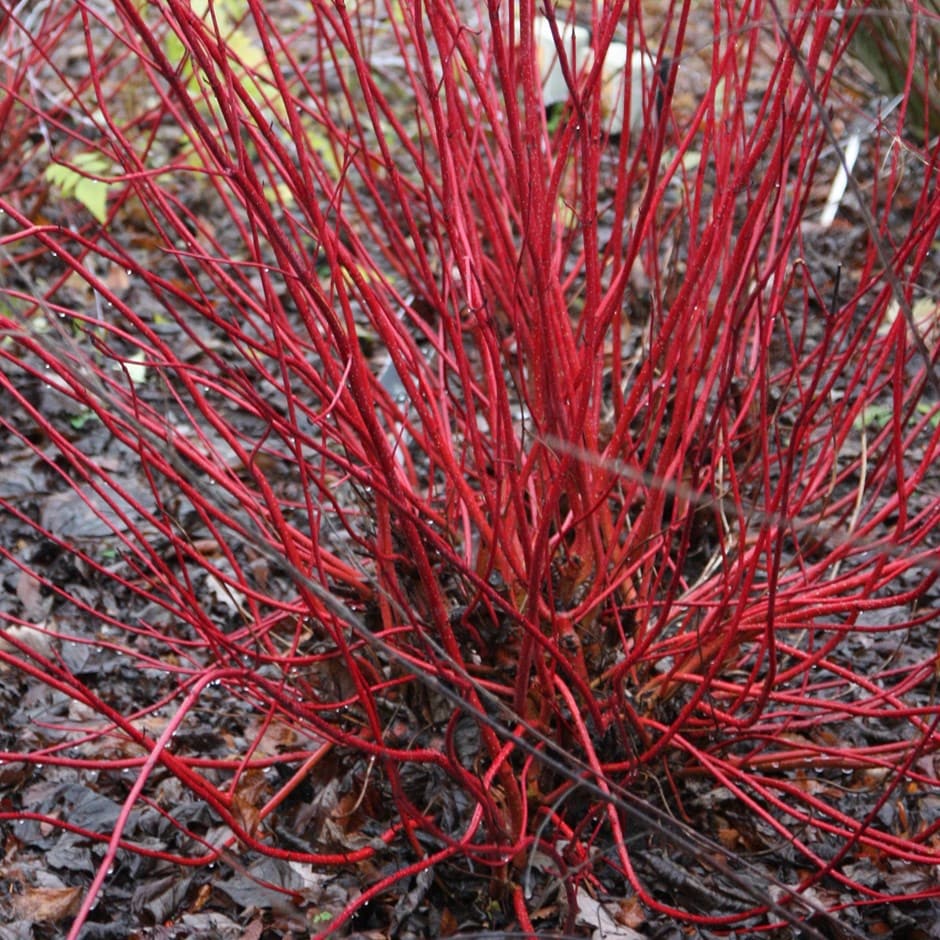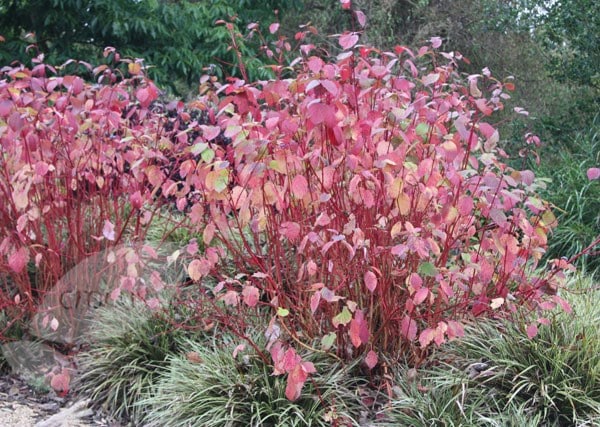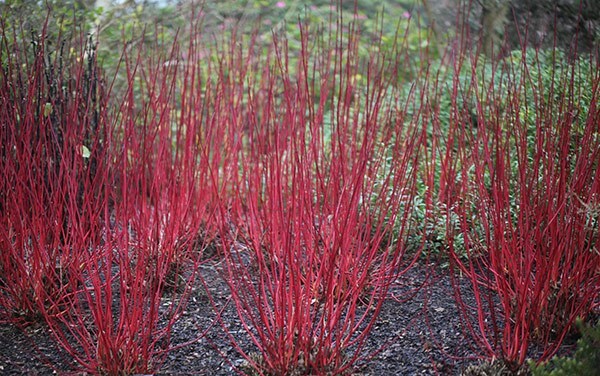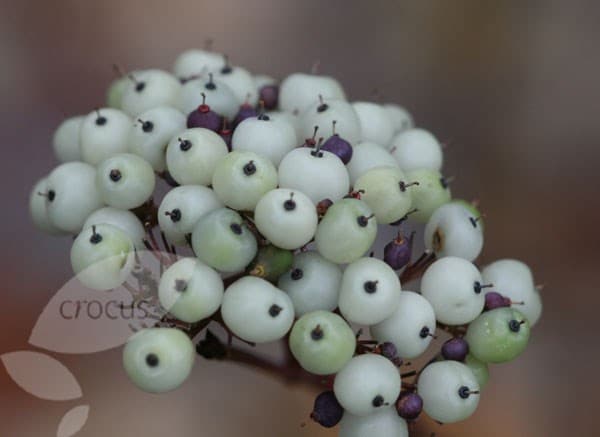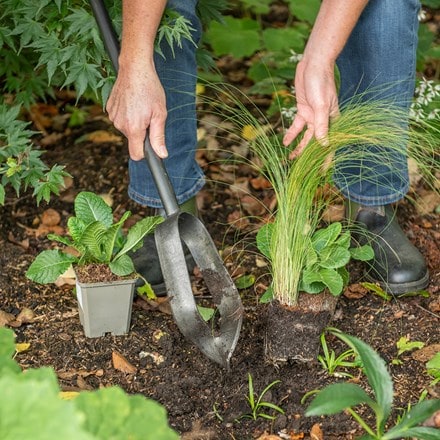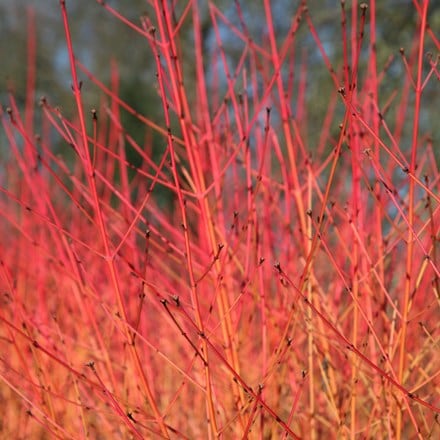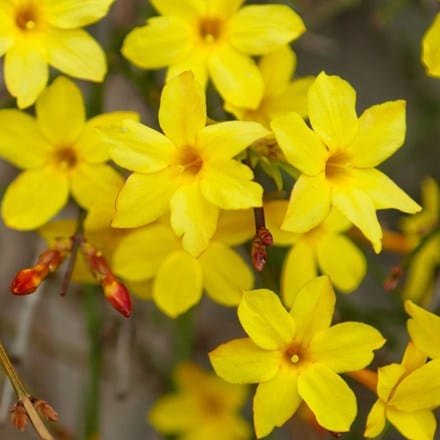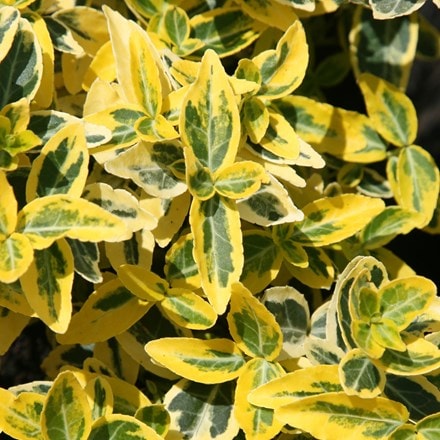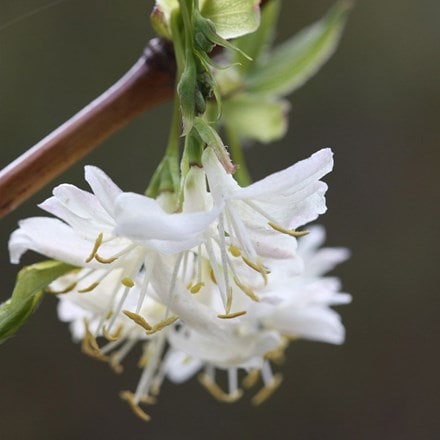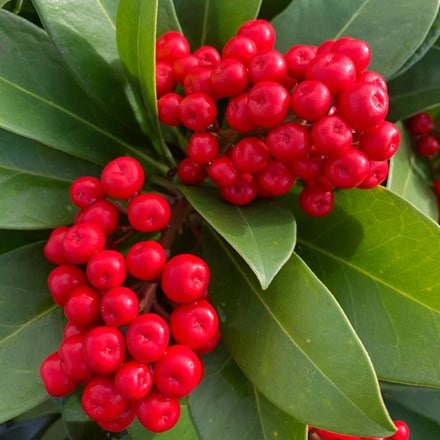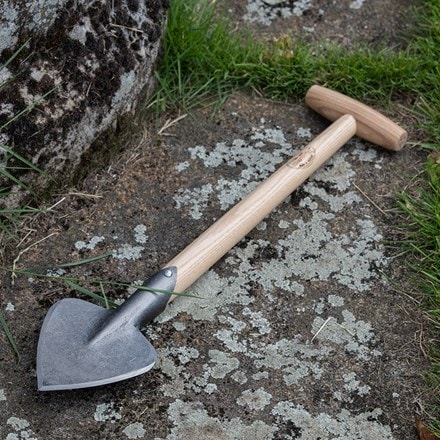Cornus alba 'Sibirica'
red-barked dogwood
This vigorous, upright shrub is best known for its vivid coral-red stems, which bring strong winter colour after the leaves...
Grown for its brilliant, winter-red straight stems and extra sensational when reflected in still ponds in winter sun
GOES WELL WITH
How to get more flowers

Many flowering plants can be encouraged to produce better and longer-lasting displays with the minimum of effort. A plant produces flowers in order to reproduce and ensure the survival of the species. Once a plant has flowered and fertilisation has taken
Read full articleWater garden
Who can resist the allure of water in the garden? The gentle gurgle of a running stream creates a sense of calm and tranquillity, while a simple pond makes a focal point with magnetic appeal. You can create lush and natural-looking planting to show off th
Read full articleFebruary pruning of trees, shrubs and climbers
The garden is at its most dormant right now, so it’s a good time to catch up on any pruning missed or forgotten since the autumn. If the weather isn’t favourable, you can leave it for a week or two, but make sure all winter pruning is completed before the
Read full articleColoured stems
Brightly coloured stems can add a hint of winter warmth and the lipstick branches of Cornus alba 'Sibirica' stand out splendidly against the low winter sunshine. This dogwood can also thrive in waterlogged ground so it's particularly useful by a natura
Read full articleSilhouettes and winter stems
With the garden devoid of summer froth and carpeted in autumn leaves, certain plants shine at this time of year. The well-placed shrub with lipstick stems fire up a winter's day and glow against a winter sunset.
Read full articleWinter containers
When the days are at their shortest and the sun is sinking lower day by day a winter container can help to improve your fading garden and raise your spirits. Place it by the main door, or in another prominent but sheltered place, and it will be a beacon o
Read full article


